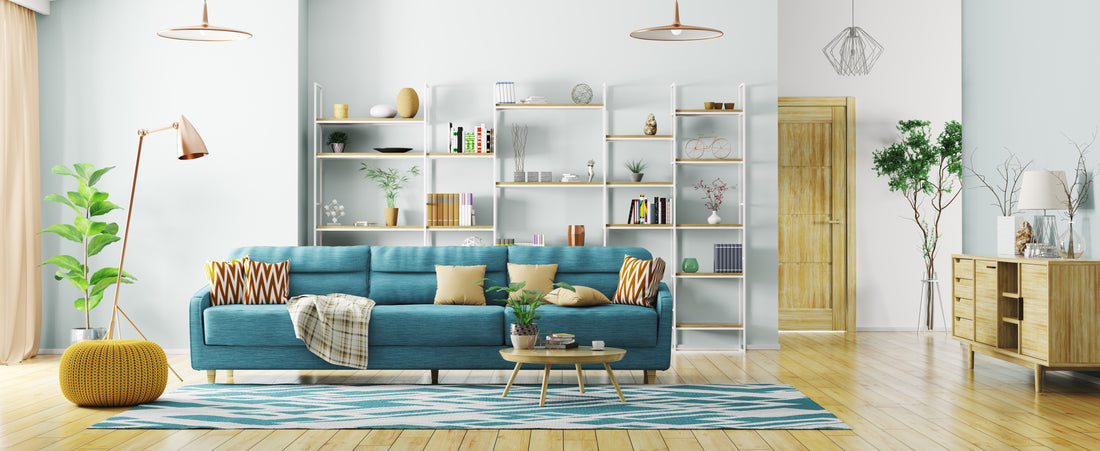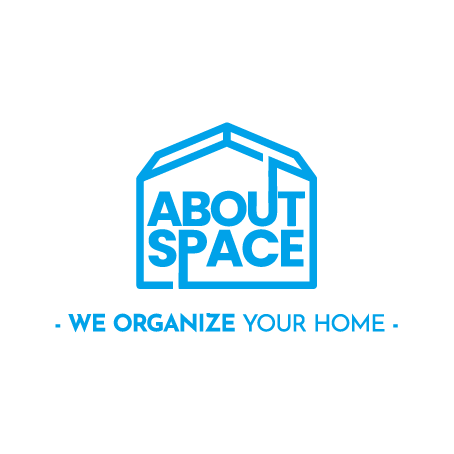
17 Home Styling Tips to Elevate your Furniture
Share
Furniture layouts are everywhere. You see them on various blogs and Pinterest boards that eventually you get confused about what to do with your furniture (and is it necessary to buy extra furniture?). Here, we look to tell you why furniture layouts are the way they are, and what things you need to look out for when you’re out purchasing.
Tips on Furniture Layout
Choose a Focal Point

Identify the focal points of the room. These can be natural focal points like a fireplace, a window, or an inner wall barrier. You can also create your own focal points like a TV and media system console. If there are multiple focal points in a room, choose one focal point and stick to it. Focusing on multiple focal points can cause visual confusion. Arrange your furniture around the focal point you’ve chosen.
The Space between Furniture and Walls

The size of the room always dictates the size of the furniture that can be placed in it. If your spaces are small, make sure to leave a bit of empty space between the furniture and the walls. Allowing for this little bit of breathing room can make the room feel a bit larger. If you have a large space, pull the furniture towards areas of conversation.
Create Conversation Areas

Position your sitting furniture in such a way that it helps to carry conversations in a room. People should not have to crane their necks or talk louder than necessary to have a conversation. Place supplementary items such as wall décor and such in spots where they are readily visible to be conversation starters. If the room is large enough, multiple conversation areas can be created.
Find the Right Balance
It is important to know that too much of anything is a curse. The same applies to filling a space with furniture. Have some space between chairs, the sofa, and the tables. Make sure to leave a path that people can walk through the room with ease.
Tips on choosing Furniture

There is no point in having furniture without it having a purpose in your space. Furniture is one of the most impactful parts of filling a room. Consider the following factors when buying furniture.
Budget
Make sure to spend an appropriate percentage of your total home décor budget on furniture. Split your budget between furniture, furnishings, décor options, and fillings.

If you’re on a tight budget, it is best to go for cheaper furniture options such as flat-packed furniture. Flat-packed furniture is cheaper than conventional wood furniture. Flat-packed furniture also makes the delivery charges that come with conventional furniture disappear.
Portability
The furniture you buy needs to be easily portable. People misjudge all the time on their first go at arranging furniture in their spaces. Then when it comes to having to shift around furniture, they struggle a lot with moving heavy bulky furniture items.

With flat-packed furniture, you can forget about the worries of moving furniture. Flat-packed furniture can be disassembled, packed in a flat box, taken to the new space, and then assembled again.
Strength
If you’re buying furniture for the long haul, you need something that is durable, sturdy and stays in shape without damage. It is quite an issue if the furniture you buy is prone to wear and tear and it is even more cumbersome to have to replace such faulty furniture multiple times.

High-quality flat-packed furniture is made using high-end materials and is sturdy, durable, and lasts. They are made to survive dismantling and moving to a new space. Sturdy connections made with screws allow you to take flat-packed furniture apart with ease and also ensure that the chair is sturdy during use. Most conventional furniture has parts that are assembled with glue. Granted, the glue is strong but it is not convenient when you need to move the furniture.
If you’re looking for good-quality Indian-made flat-packed furniture, check this out!
Also, take care:
- Make sure to avoid furniture made from materials that cause common allergies in humans. You really don’t want anyone to get sick (literally) of being in your spaces.
- Use wall-mounted shelves if you want to make use of that empty wall you have.
- Avoid chairs and sofas that have fabric skirts on the bottom. These are prone to collect dust and pet hair.
- Do not place fabric over surfaces when there’s a toddler bound to be around. They may tug on the fabric and leave you with a load of cleaning work.
- Parts of furniture made of glass are prone to having clearly visible fingerprints, spills, and smudges. Clean these off as regularly as you can.
Supplementary pieces
Filling a room with furniture isn’t just about the sofa, chairs, and media consoles. Here are a few aspects of furniture layout that bring everything together to make your furniture shine.
Complementary tables

Coffee Tables can be placed at the center of all your main furniture. beside your main furniture pieces. You can also place end tables, side tables, and nightstands beside your main furniture. Always keep the complementary tables at arm’s length.
Greenery

Place indoor plants and greenery in various spots in your house to create a bright and welcoming atmosphere. Vases and flower pots can be filled with natural plants, artificial plants, succulents, or pampas grass. Bring your spaces to life.
Floor Décor

Floor décor is not something that’s necessary, but it makes a really cool addition to your rooms. Using under-furniture lights, rugs, etc can make your floors a point of interest. If you’re not employing floor décor, make sure to have appropriate floor material. These may be tiles, floorboards, or a carpet that fills the entire floor space.
Wall Décor

Wall décor that can be hung on the walls such as wall-mounted furniture, clocks, artwork, mirrors, and sculptures need to be placed in tandem with the floor furniture. Use a grouping of pieces if the pieces are too small to fill a wall space on their own.
Lighting

In any room, lighting is one of the most important things to consider. Whether it be natural light or artificial light, light sources affect the visual language of the room. Use appropriate curtains, blinds, lampshades, lamps, LEDs, candles, etc. Take care to notice where you place the lights - the side table, the coffee table, the fireplace mantel, the ceiling, or the walls.
Putting stuff together
Most of all, it is important to know that after all this talk about furniture and several components in the room, it is important to have everything in your room work together. Have a set theme flowing through your space. Boho and Nordic-style themes of rooms are very popular among interior décor enthusiasts. Having a mixed theme would create visual confusion and possibly, discomfort.

